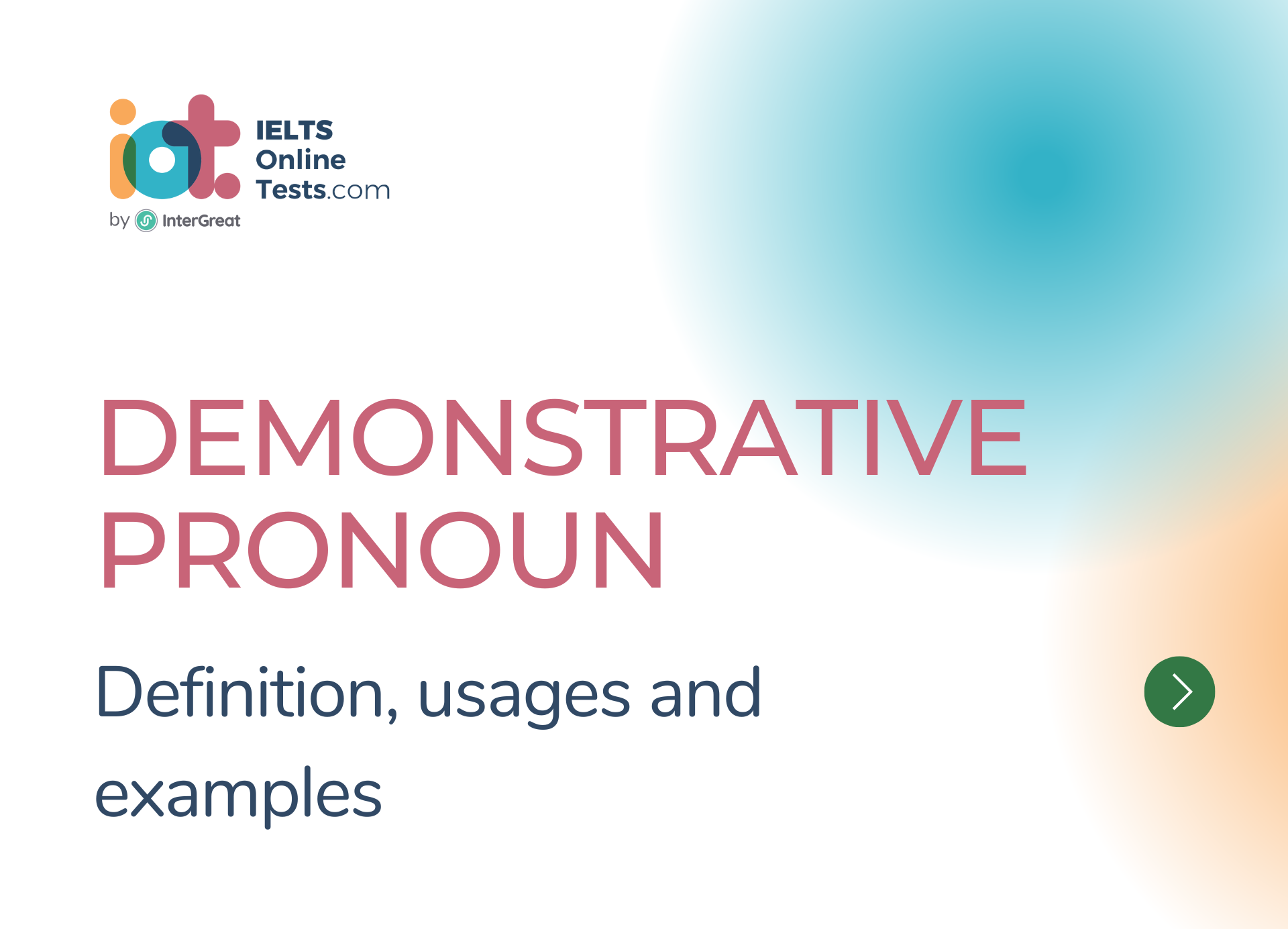
Demonstrative pronoun definition and examples
Demonstrative pronouns are used to point to or indicate specific people, places, or things in relation to the speaker or the context. They help identify or draw attention to something in a sentence. In English, there are four demonstrative pronouns: "this," "that," "these," and "those."
Here's an overview of how demonstrative pronouns are used:
"This" and "These":
- "This" is used to indicate a singular object or person that is close to the speaker.
- "These" is the plural form of "this" and is used to indicate multiple objects or people that are close to the speaker.
- Examples:
- "This book is interesting."
- "These cookies are delicious."
"That" and "Those":
- "That" is used to indicate a singular object or person that is farther away from the speaker.
- "Those" is the plural form of "that" and is used to indicate multiple objects or people that are farther away from the speaker.
- Examples:
- "That car is expensive."
- "Those flowers are beautiful."
Demonstrative pronouns can be used to replace or stand in for a noun or noun phrase. They help specify or point out particular items or individuals in a sentence, providing clarity and context for the listener or reader. Demonstrative pronouns are often accompanied by gestures or other indicators to help identify the objects or people being referred to.
The choice of demonstrative pronoun depends on the proximity of the object or person being referred to in relation to the speaker. "This" and "these" are used for objects or people that are close, while "that" and "those" are used for objects or people that are farther away.
Using demonstrative pronouns correctly helps clarify and specify the referents in sentences, making communication more precise and effective.




